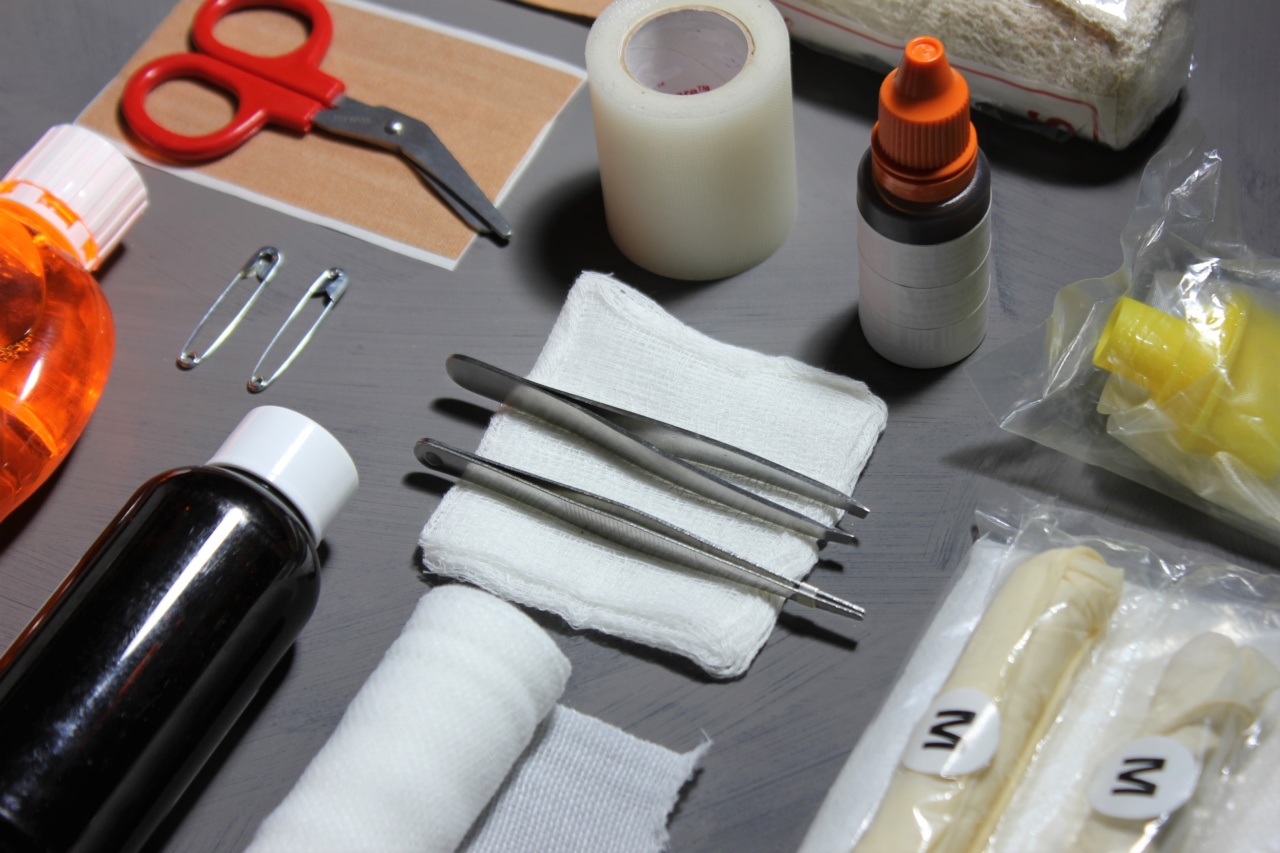Aortic dissection is a medical emergency that can result in life-threatening complications. The aorta is the largest artery in the body that carries oxygen-rich blood from the heart to the rest of the body.
Aortic dissection occurs when there is a tear in the inner layer of the aortic wall, causing blood to flow between the layers and creating a false channel. If left untreated, aortic dissection can be fatal.
Causes
Aortic dissection can be caused by several factors such as high blood pressure, genetic conditions, inflammation, and trauma. Some of the causes include:.
High Blood Pressure
Chronic high blood pressure can weaken the aortic wall, making it more prone to dissection.
In addition, sudden increases in blood pressure can also cause aortic dissection, especially in people with pre-existing conditions or those who are taking medications that affect blood pressure.
Genetic Conditions
Some genetic conditions such as Marfan syndrome, Ehlers-Danlos syndrome, and Loeys-Dietz syndrome can weaken the aortic wall and increase the risk of aortic dissection.
These conditions affect the connective tissues that provide support to the aorta and other organs.
Inflammation
Inflammatory conditions such as vasculitis, Takayasu’s arteritis, and giant cell arteritis can cause inflammation of the aortic wall, leading to aortic dissection.
These conditions can also affect other blood vessels, causing complications such as aneurysms and blockages.
Trauma
Traumatic injuries such as car accidents and falls can also cause aortic dissection. The force of impact can cause a tear in the aortic wall, especially in people with pre-existing conditions that weaken the aorta.
Symptoms
The symptoms of aortic dissection can vary depending on the location and severity of the tear. Some common symptoms include:.
Chest Pain
Chest pain is the most common symptom of aortic dissection. The pain is often described as sudden and severe, and it can radiate to the back, neck, shoulders, or arms. The pain can also be accompanied by shortness of breath, dizziness, and nausea.
Back Pain
Back pain is another common symptom of aortic dissection. The pain is usually felt in the upper back, between the shoulder blades, and it can be accompanied by chest pain and other symptoms.
Weak Pulse
A weak pulse or difference in blood pressure between the arms can indicate aortic dissection. The blood flow through the aorta can be disrupted, causing a decrease in blood pressure and a weak or absent pulse in the affected arm.
Diagnosis
Aortic dissection is a medical emergency that requires prompt diagnosis and treatment. The diagnosis is usually based on a combination of physical examination, imaging tests, and blood tests. Some of the diagnostic tests include:.
Chest X-ray
A chest X-ray can show abnormalities such as an enlarged aorta or other signs of aortic dissection, such as fluid around the heart or an abnormal shape of the aorta.
CT Scan
A CT scan is a non-invasive imaging test that can provide detailed images of the aorta and other structures in the chest. It can detect the location and extent of the tear, as well as any complications such as blood clots or organ damage.
MRI
An MRI is another non-invasive imaging test that can provide detailed images of the aorta and other structures in the chest. It can detect the location and extent of the tear, as well as any complications such as blood clots or organ damage.
Blood Tests
Blood tests can help identify abnormal levels of certain substances in the blood that can be indicative of aortic dissection, such as the enzyme troponin that is released during a heart attack or other types of heart damage.
Treatment
The treatment for aortic dissection depends on the location and severity of the tear, as well as the presence of any complications such as organ damage or rupture. Some of the treatment options include:.
Surgery
Surgery is often the preferred treatment for aortic dissection, especially in cases where the tear is located near the heart or other vital organs, or when there is a high risk of rupture.
The surgery involves replacing the damaged section of the aorta with a synthetic graft, which can provide support to the weakened aortic wall and prevent further tearing.
Medications
Medications such as beta-blockers and ACE inhibitors can help lower blood pressure and reduce the risk of further tearing in people with mild to moderate aortic dissection.
Pain relievers and anti-anxiety medications can also be prescribed to manage symptoms.
Endovascular Repair
Endovascular repair is a minimally invasive procedure that can be used to repair the damaged section of the aorta without open surgery.
The procedure involves placing a stent-graft through a small incision in the groin and guiding it to the site of the tear. The stent-graft is then expanded, sealing off the false channel and restoring blood flow through the aorta.
Prevention
Preventing aortic dissection involves managing the risk factors that can contribute to the condition. Some of the preventive measures include:.
Managing High Blood Pressure
Controlling high blood pressure through diet, exercise, and medication can help prevent aortic dissection.
It is important to monitor blood pressure regularly, especially in people with pre-existing conditions or those taking medications that affect blood pressure.
Taking Precautions with Trauma
Taking precautions such as wearing seat belts and helmets, and avoiding risky activities can help prevent traumatic injuries that can lead to aortic dissection.
It is also important to seek immediate medical attention in case of injuries or accidents that involve the chest or back.
Treating Related Conditions
Managing related conditions such as Marfan syndrome, Ehlers-Danlos syndrome, and other genetic and inflammatory conditions can help reduce the risk of aortic dissection.
Regular check-ups and monitoring can help detect any changes or abnormalities that may require treatment.





























